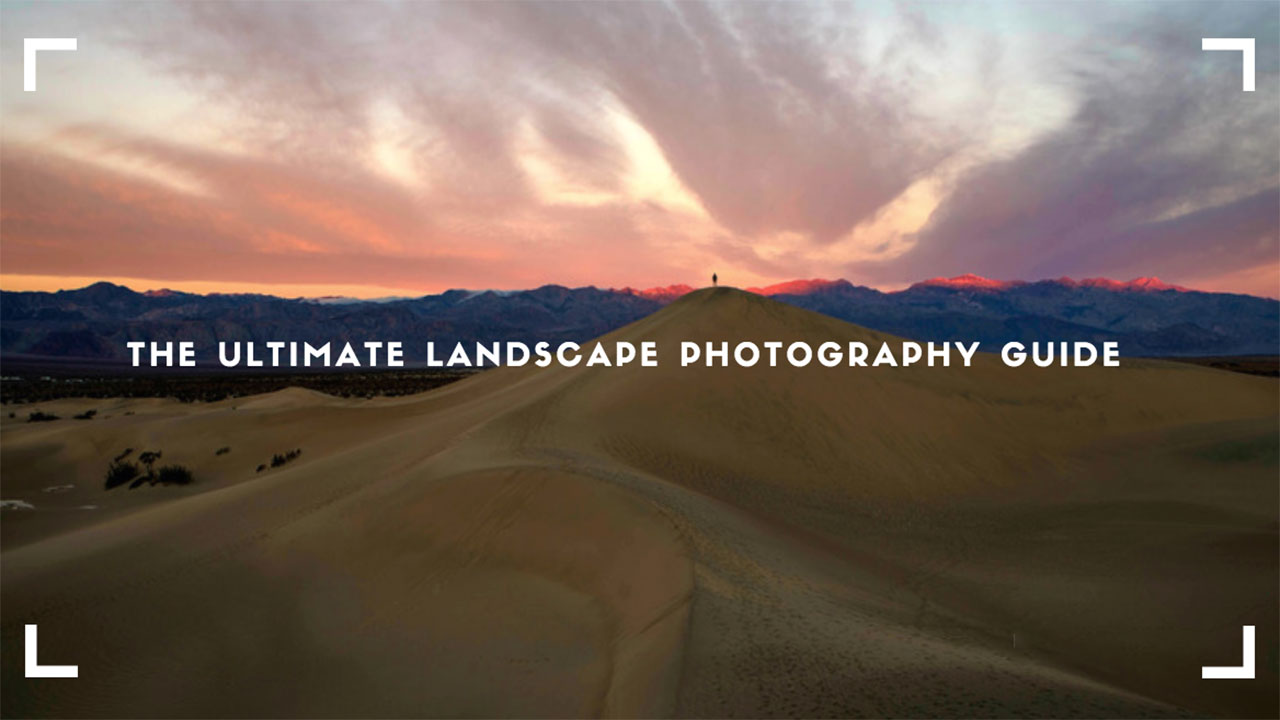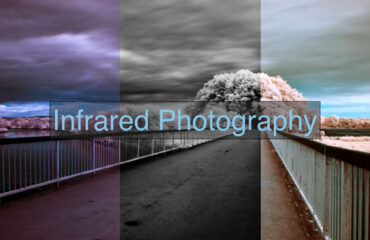Landscape photography is a favorite niche among professional and amateur photographers. Taking photos of landscapes may seem easy when you are exploring so much natural beauty. But capturing a great landscape photo requires a lot of hard work and creativity. Just shooting with your camera without knowing how to shoot landscapes will not work. So, explore our unique tips & tricks to capture stunning landscapes with your camera.
In this guide, we have outlined what things you should consider before & during landscape photography. Let’s get started.
Choose A Mid-Range Aperture
You will always try to capture exceptionally sharp & clear landscapes. In that case, the exposure settings affect it. Which much depends on the aperture. So, getting the sharpest & clearest images, shoot with a mid-range aperture. Mid-range means the f-stop number, which is two to three stops higher than the lowest one. An f-stopes of f/8 usually work very well as a mid-range aperture.
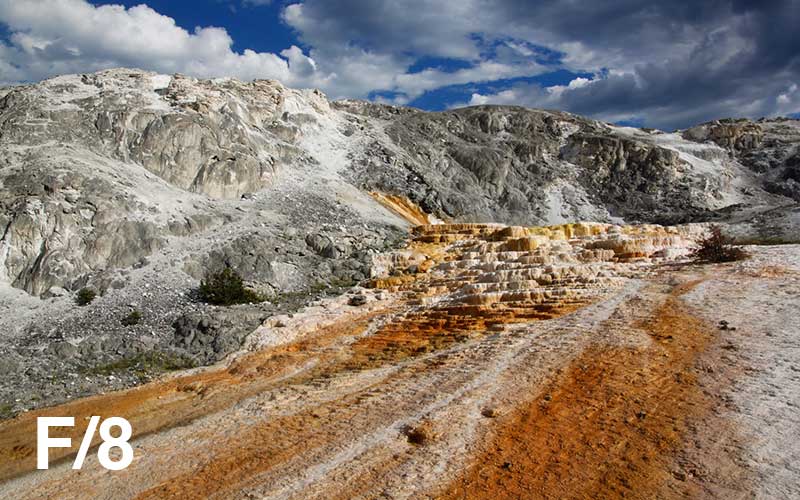
If your landscape scene contains visual elements in the foreground, you might want to re-adjust the aperture. Then you can use a high aperture if you want to create a high depth of field. But always try to use mid-range aperture when doing landscape photography. Learn more about aperture from our latest blog, ‘what is aperture in a camera.’
Use Polarizing & ND Filters
Neutral Density filters (ND filters) & polarizers are the essential piece of kit for any photographer. These filters will allow you to manipulate the available light. They even enhance the natural elements in the landscape photos.
Suppose you are taking landscapes that include water. So, you may want to get rid of unwanted reflections from the sun. This is where a polarizing filter can help. Keep in mind that if you are directly facing the sun, then the polarizing filter will not work. To get the best results, shoot between 45° and 90° to the sun.

Another big challenge of landscape photography is achieving a balanced exposure. Usually, it stays always darker with a bright sky in the photo. Graduated ND filters will help you to darken the sky & keeping the foreground brighter.
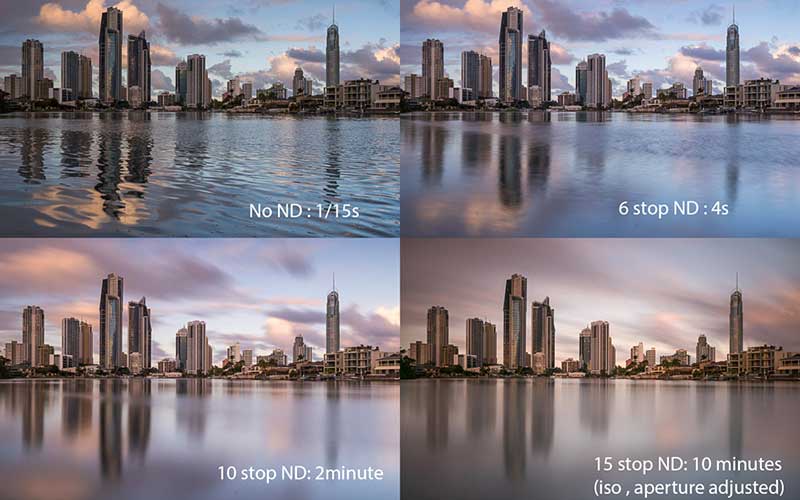
Use a Tripod in Landscape Photography
To get proper exposure, you need to be extra careful about ISO, Shutter Speed & Exposure. But achieving these settings can be challenging without a tripod. Tripod is must equipment, especially for landscape photography.
If you choose aperture priority mode, the camera will automatically choose a shutter speed for proper aperture. When the shutter speed gets too low, then you have to use a tripod for proper exposure.
Wait for the Golden Hour
The golden hour for photography is just after sunrise or before sunset. These are the periods when the sun stays low in the sky and gives beautiful diffused light. You can achieve stunning landscape photos during this time.
When the sun low on the horizon, it will create a warm glow and long shadows in the photo. Thus, it will add interest to your photo. Of course, you can also take landscapes during other times of the day. In the middle of the day, the sun stays high in the sky. So, you will likely have a harsh and glaring light. In that case, use different techniques to soften the light. Sometimes, wait for the clouds. Clouds make the sunlight softer. Another way is to shoot from different positions.
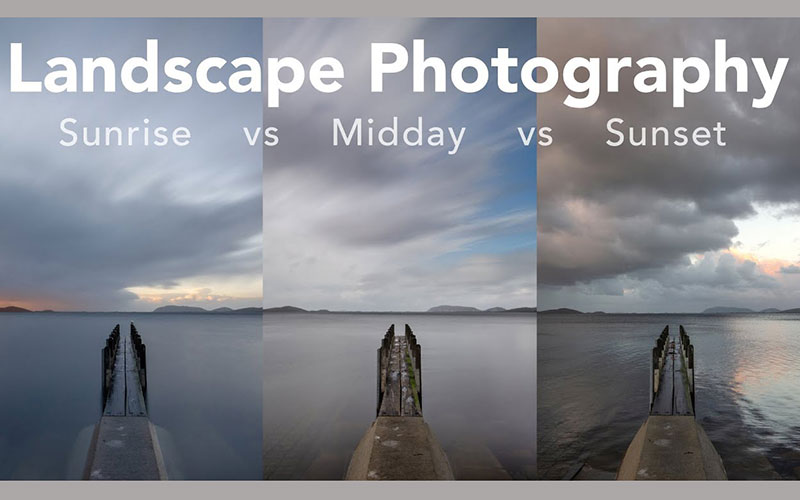
Shoot with Wide-angle Lens
Wide-angle lenses are, especially for landscape photography. They can cover a broader view and give a sense of vast open space. They also capable of giving a greater depth of field. As the wide-angle lenses allow more light, you can use a faster shutter speed.
For example, if you take an image at f/16, it will make both the foreground and background sharp. Always try some exciting angles when photographing landscapes.
Use Low ISO in Landmark Photography
Other than night photography, always use a low ISO for shooting landscapes. Usually, you will have the best quality landscapes photo in the daylight. So, a higher ISO will result in more noise and grain. Keeping the ISO during landscapes photography is the best practice.
Besides, when you can shoot with the aperture and shutter speed that meet your goal, there is no need to increase ISO. An ISO in the 100 – 400 range is perfect for this. If necessary, you can raise the ISO so you can use a specific aperture & shutter speed. Bumping up the ISO works best for night photography.
Apply Rule of Thirds
Photography composition rule the Rule of Thirds can give you the best shots. Using this technique, a balanced and visually exciting landscape photo can be achieved.
It is a technique to break up your image into thirds vertically & horizontally. With the imaginary grid lines, you can position your focus either along the lines or at the intersection point of two lines. Most of the digital camera shows the gridlines and make it easier for you. Learn more about how to use the Rule of Thirds in photography.
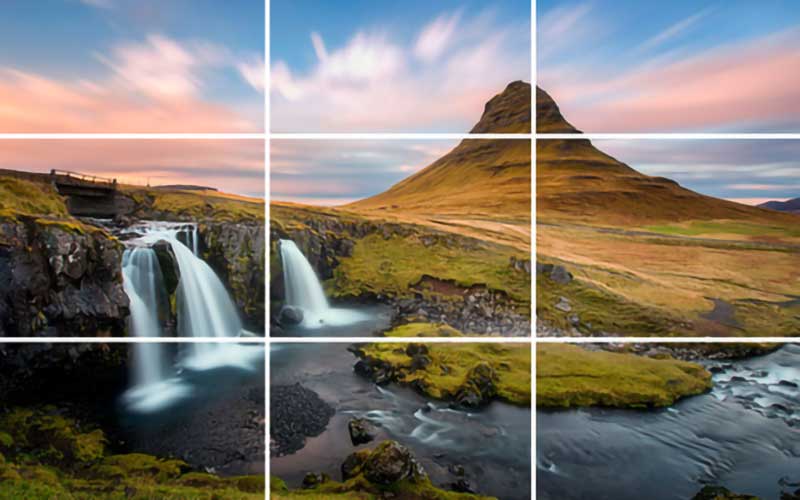
Create Maximum Depth of Field
It is possible to capture amazing landscapes when you maximize your depth of field. Every part of the landscape photo needs to be sharp. So, you will need a deeper depth of field to make everything sharp in the photo.
Shallower DoF can isolate a subject by keeping it sharp while the rest of the image is blurred. Set your camera to Aperture Priority mode to keep the majority of the photo sharp. Adjust it f/8 and work up f/11 or higher until you get the desired depth of field. Learn more about how to create an excellent Depth of Field.
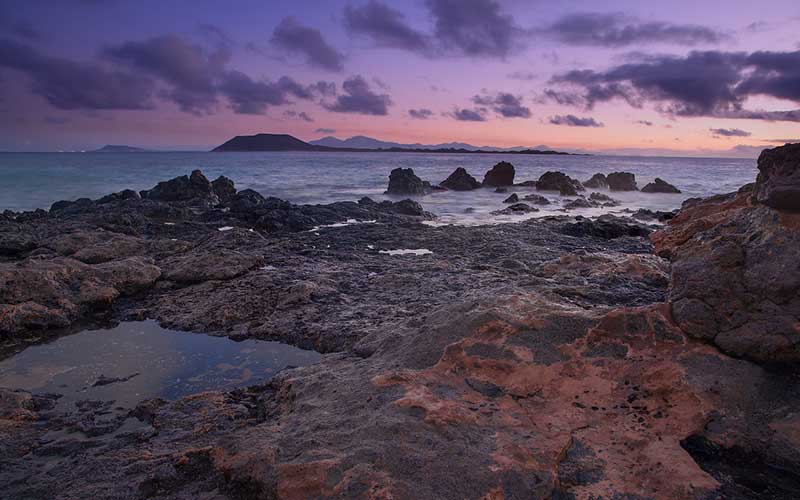
Capture Motion
Most people think landscapes will be calm, serene, and passive environments. But capturing movement in the landscapes will add drama, mood and make a point of interest.
Some motion scenes can be the wind in trees, waves, a waterfall, birds flying overhead, or moving clouds. To capture motion, you need to look for a longer shutter speed. In this way, more light will hit your sensor. You can also use a filter to capture movement in the photo. Please read our latest article about how to create motion blur in photography.
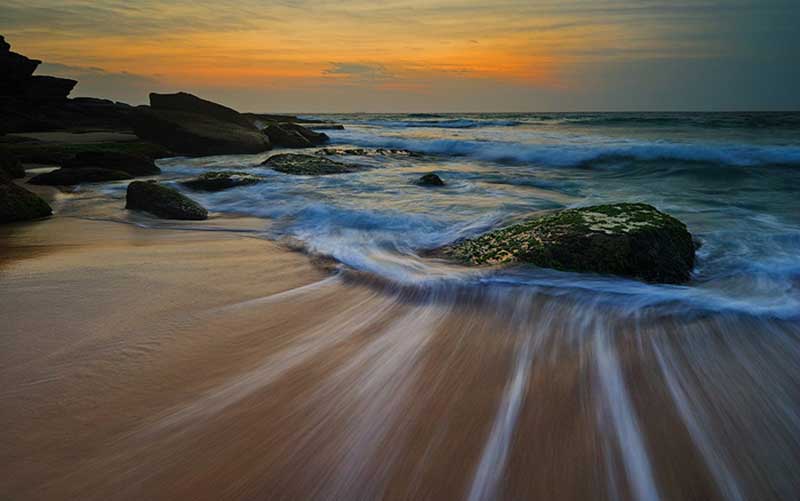
Capture Leading Lines
Capturing leading lines is a photography composition technique. It is a way to catch the viewer’s attention to lines that lead to the main subject. Using the leading lines is a great way for the eye to follow through with different elements.
Usually, leading lines start at the bottom of the frame and take the eye upward and inward. You can use things like trails, clouds, trees or cliff lines to attract the viewer’s eye. Thus, you can do exciting landscape photography.
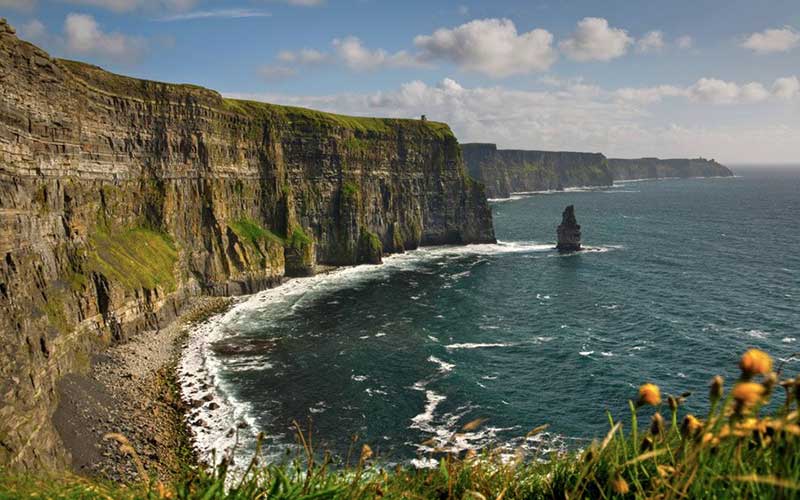
If you have enjoyed this photography guide, you might want to read our other guides that include photography tips &tricks. Check the list and read that interests you most.
- Family Photography
- Car Photography
- Real Estate Photography
- Long Exposure Photography
- Wedding Photography
Conclusion
Landscape photography is the most favorite topic among photographers. We have also seen enough examples of why it is such popular photography. For shooting incredible landscapes, you must spend time in the outdoors and be with nature. You have to be patient with the right lighting environment. Professional photographers sit for hours to get one stunning shot. So, with patience and more practice, you will also be able to do professional landscape photography.
The Canon EOS 5DS R is a full-frame camera which includes a great feature like a massive 50.6 megapixels. So, it is perfect for making large prints of your landscape photos. With Nikon Z 7+Nikkor Z 24-70mm, you will have the same result.
Landscapes need good sharpness, and 50mm prime lenses can excel that. The narrower apertures in 50mm lenses will give excellent results. Thus, you can capture sharp images with this lens.

